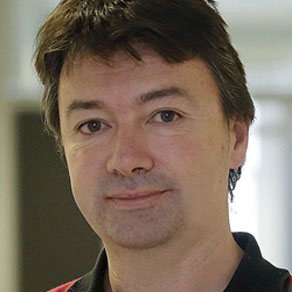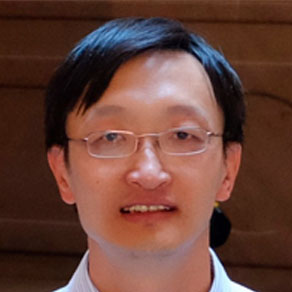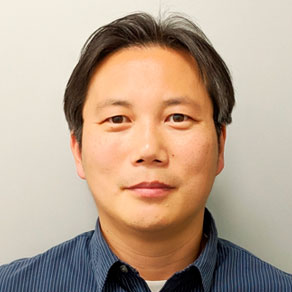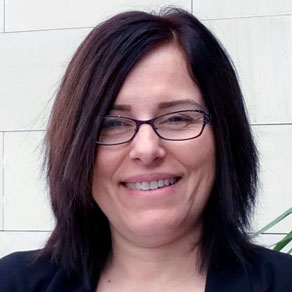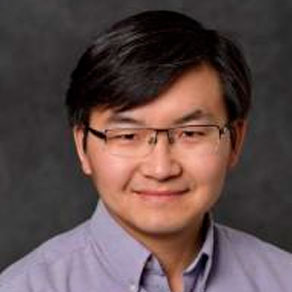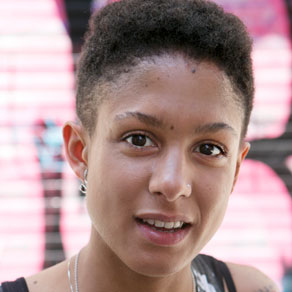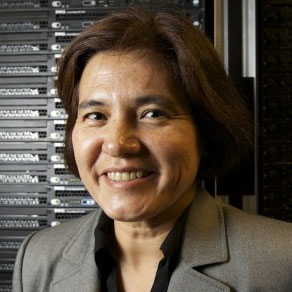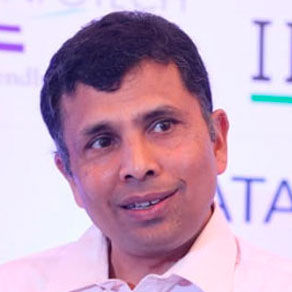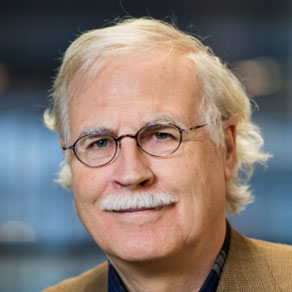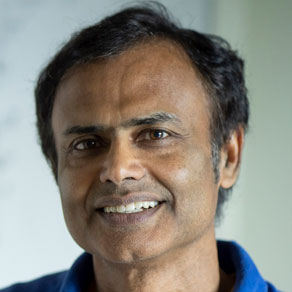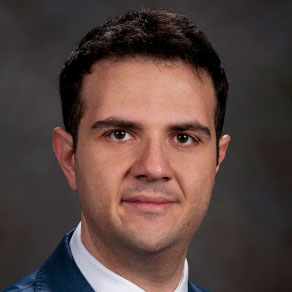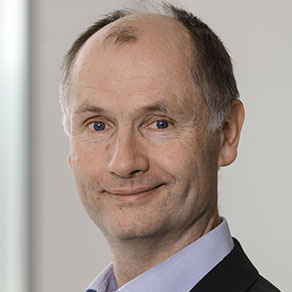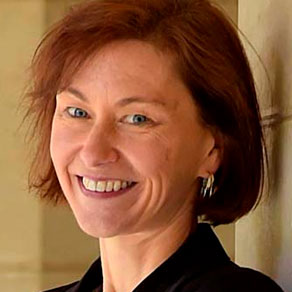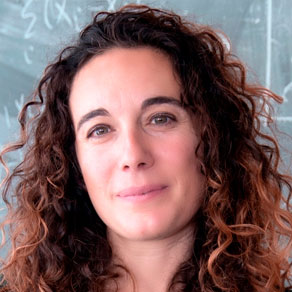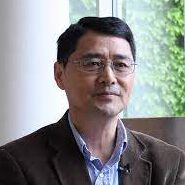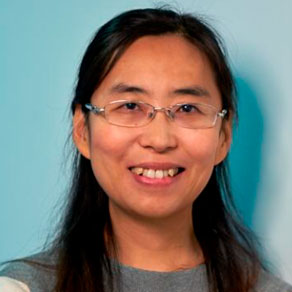
Rylan Conway
[introductory/intermediate] Deep Learning for Digital Assistants
Summary
The popularity of Digital Assistants has increased dramatically in recent years. People all over the world utilize them regularly in their day-to-day lives. Deep Learning is a fundamental element in the underlying technology that enables digital assistants to work. From Automatic Speech Recognition to Spoken Language Understanding, in this tutorial we will walk through the core components and algorithms that turn a noisy, spoken utterance into an actionable request that a digital assistant can help you with. In addition, we will discuss some of the major challenges that arise when using these systems in real life and at scale.
Syllabus
- End-to-end architecture overview
- Automatic Speech Recognition
- Spoken Language Understanding
- Real world challenges
References
[1] Daniel Jurafsky & James H. Martin. Speech and Language Processing. Pearson Education, Inc. Second Edition, 2009.
[2] Libo Qin, Tianbao Xie, Wanxiang Che, Ting Liu. A Survey on Spoken Language Understanding: Recent Advances and New Frontiers. https://arxiv.org/pdf/2103.03095.pdf
[3] Vevake Balaraman, Seyedmostafa Sheikhalishahi, Bernardo Magnini. Recent Neural Methods on Dialogue State Tracking for Task-Oriented Dialogue Systems: A Survey. https://aclanthology.org/2021.sigdial-1.25.pdf
[4] Hongshen Chen, Xiaorui Liu, Dawei Yin, and Jiliang Tang. A Survey on Dialogue Systems: Recent Advances and New Frontiers. https://www.kdd.org/exploration_files/19-2-Article3.pdf
[5] Jianfeng Gao, Michel Galley, and Lihong Li. Neural Approaches to Conversational AI. https://arxiv.org/pdf/1809.08267.pdf
[6] Xipeng Qiu, Tianxiang Sun, Yige Xu, Yunfan Shao, Ning Dai & Xuanjing Huang. Pre-trained Models for Natural Language Processing: A Survey. https://arxiv.org/pdf/2003.08271.pdf
Pre-requisites
Basics of ML/DL and the requisite background in mathematics/statistics.
Short bio
Rylan is an Applied Scientist on the Alexa AI team at Amazon. His work focuses on researching and implementing new ways to expand Alexa’s conversational capabilities. This involves leveraging recent advances in deep learning to better understand conversational and situated context, which allows for more natural interactions. Rylan received his Ph.D. in high energy nuclear physics from the University of California, Davis. His research focused on studying heavy-ion collisions in the Large Hadron Collider at CERN. He was a member of the CMS experiment, one of the two experiments to verify the existence of the Higgs Boson in 2012.

